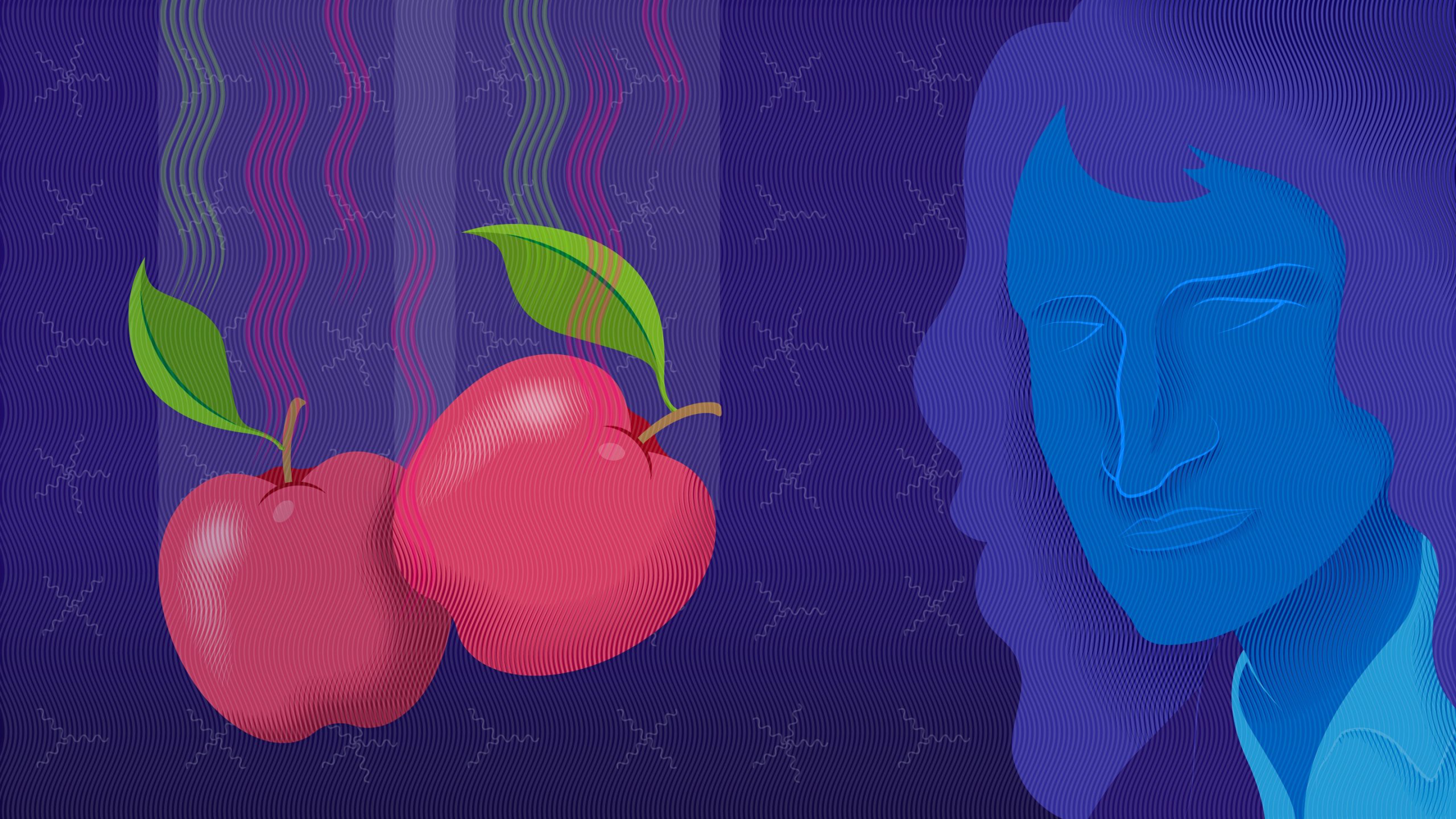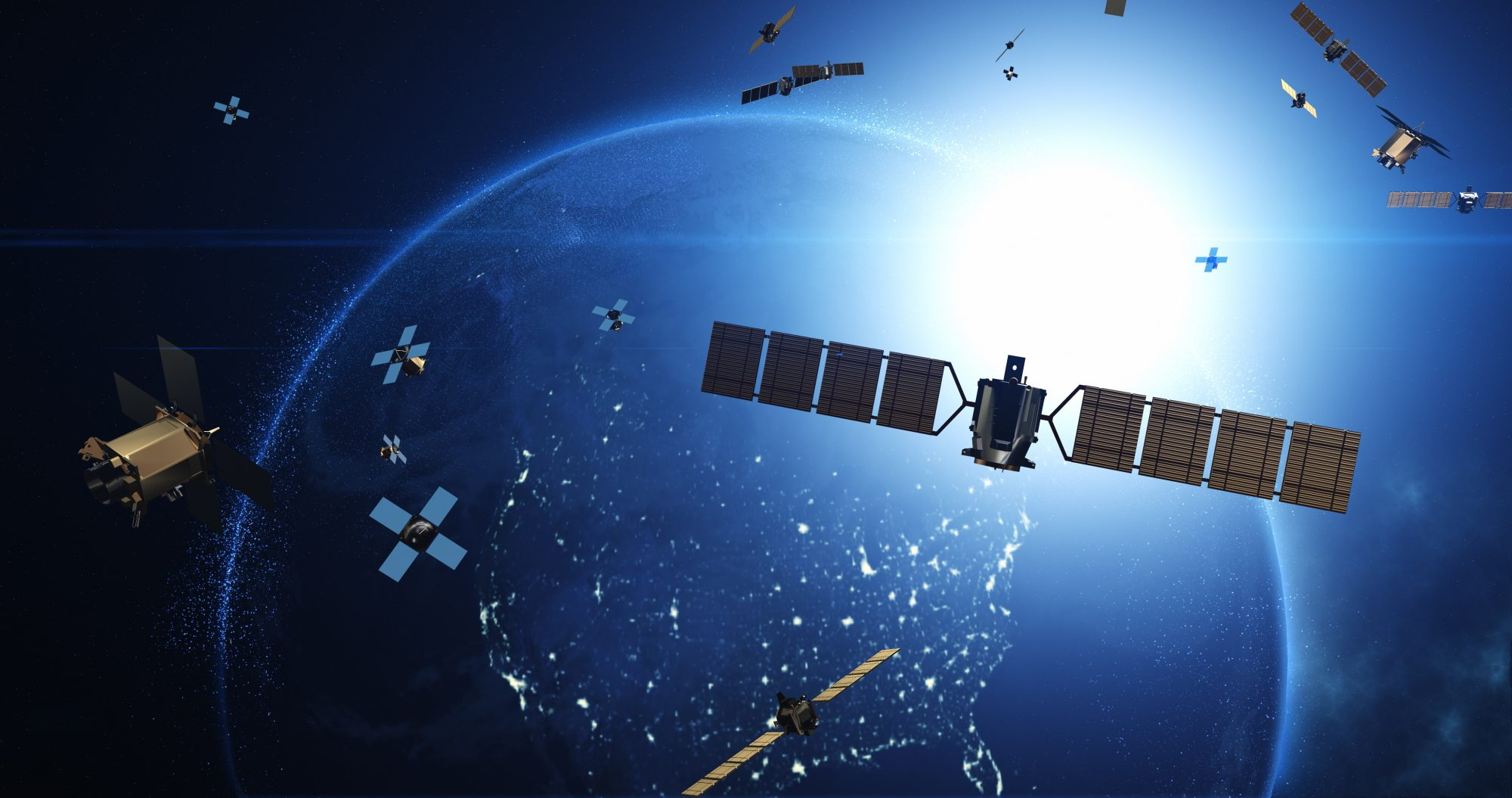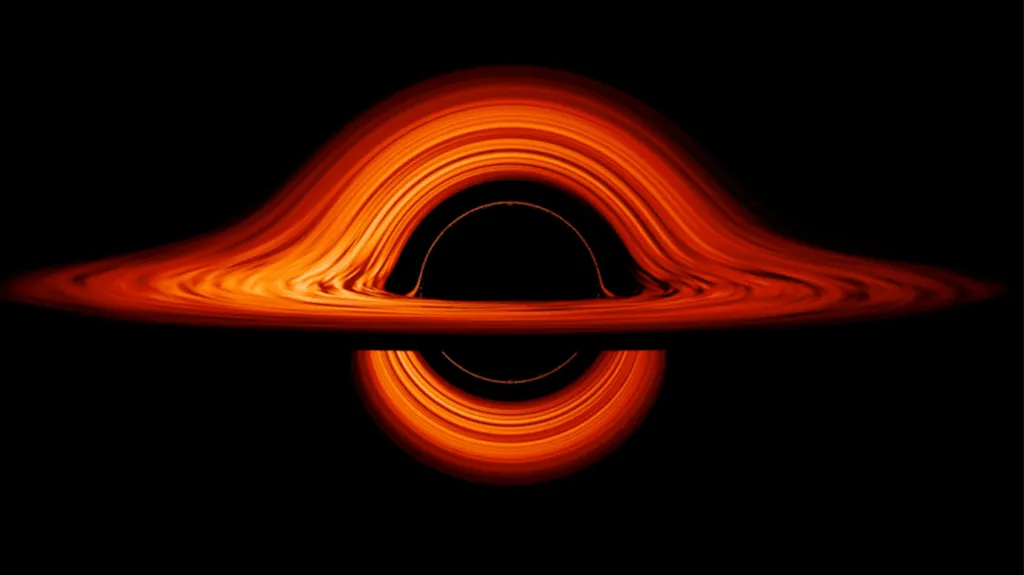Zoomacademia.com – Gravity is one of the most fundamental forces in the universe, and it’s responsible for keeping us grounded on Earth. From the moment we’re born, we experience gravity—it holds our feet to the ground, keeps the moon in orbit, and ensures that the planets revolve around the sun. But what exactly causes gravity on Earth? To understand why Earth has gravity, we need to dive into the science of mass, forces, and space itself.
1. What Is Gravity? A Basic Explanation
Gravity is the force that attracts objects with mass toward one another. It’s a universal force that affects everything, from the smallest particles to the largest celestial bodies in space. On Earth, gravity gives us weight and keeps objects from floating away. The more massive an object, the stronger its gravitational pull.
The concept of gravity was first formalized by Sir Isaac Newton in the 17th century when he developed his famous Law of Universal Gravitation. According to this law, every object in the universe attracts every other object with a force that’s proportional to their masses and inversely proportional to the square of the distance between them.
2. Earth’s Gravity: The Role of Mass
Earth’s gravity comes from its mass. Everything that has mass exerts a gravitational force, and since Earth is a massive object, it has a strong gravitational pull. The more mass an object has, the more gravity it exerts.
- Mass vs. Weight: It’s important to distinguish between mass and weight. Mass is the amount of matter in an object, and it doesn’t change regardless of location. Weight, however, is the force exerted by gravity on that mass. On Earth, we measure weight as a result of gravity pulling objects toward the center of the planet.
Earth’s mass is concentrated in its core and distributed throughout the planet, which gives it enough gravitational force to keep everything on its surface from floating off into space.
3. Why Does Earth’s Gravity Exist?
Gravity exists because of the way mass interacts with space. According to Albert Einstein’s theory of general relativity, gravity is not just a force but the result of the curvature of space-time. Massive objects like Earth curve the fabric of space-time around them, and this curvature creates what we perceive as gravity.
- Curving Space-Time: Imagine space-time as a two-dimensional fabric. When a heavy object like Earth sits on this fabric, it creates a dip or curve. Smaller objects, like people or objects on Earth, fall into this curve, which we experience as gravity pulling us toward the Earth’s center.
- Earth’s Gravity vs. Other Planets: Earth’s gravity is strong because of its size and mass, but it’s not the strongest in the solar system. For example, Jupiter, which has much more mass, has stronger gravity than Earth. Conversely, the moon has much weaker gravity because it has much less mass than Earth.
4. The Center of Gravity: Why Things Fall Downward
When you drop an object, it falls straight down because gravity pulls everything toward the center of Earth’s mass. Earth’s gravity works uniformly, pulling all objects toward its center, which is why no matter where you are on the planet, you feel the force of gravity acting downward.
This force is constant and affects all objects equally, regardless of their mass. In a vacuum (like space), where there is no air resistance, objects of different masses will fall at the same rate. This is why, during the famous Apollo 15 moon landing, astronaut David Scott dropped a hammer and a feather simultaneously, and both hit the lunar surface at the same time, demonstrating that gravity affects all objects equally in the absence of air resistance.
5. Gravity and the Earth’s Atmosphere
Earth’s gravity doesn’t just affect solid objects; it also plays a crucial role in holding our atmosphere in place. The layer of gases that surrounds Earth—oxygen, nitrogen, and carbon dioxide—stays around the planet because gravity pulls them toward Earth’s surface. Without gravity, these gases would dissipate into space, making life on Earth impossible.
Additionally, gravity affects how dense the atmosphere is. The farther you go from Earth’s surface, the weaker gravity becomes, which is why the atmosphere gets thinner at higher altitudes. This is also why astronauts experience weightlessness in space, as the distance from Earth reduces the gravitational force acting on them.
6. Earth’s Gravity and Orbit
Gravity not only keeps us grounded, but it also governs Earth’s movement in space. Earth orbits the sun because of the gravitational pull between the two celestial bodies. While Earth’s gravity keeps objects like people and buildings on its surface, the sun’s gravity pulls Earth toward it, while Earth’s own motion keeps it in a stable orbit.
This balance of forces is why Earth doesn’t fall into the sun or fly off into space. Similarly, Earth’s gravity keeps the moon in orbit around it. The gravitational attraction between Earth and the moon also causes tides, as the moon’s gravity pulls on Earth’s oceans.
7. How Gravity Changes Across Earth
Interestingly, gravity isn’t exactly the same everywhere on Earth. It varies slightly depending on factors like altitude, latitude, and the distribution of mass beneath the surface.
- Altitude: The higher you go, the weaker gravity becomes. For instance, gravity is slightly weaker at the top of Mount Everest than at sea level because you’re farther from Earth’s center.
- Latitude: Earth isn’t a perfect sphere; it’s slightly flattened at the poles and bulges at the equator. Because of this shape, gravity is slightly stronger at the poles and weaker at the equator.
- Local Mass Differences: Variations in the density of Earth’s crust and mantle can cause slight fluctuations in gravity. For example, areas with higher concentrations of minerals or underground structures like mountains can have slightly stronger gravity.
8. The Future of Gravity on Earth
Gravity is a fundamental and constant force on Earth. While we may never be able to change Earth’s gravitational pull, understanding it allows us to explore other planets, predict natural phenomena like tides, and develop technologies like satellites that rely on precise gravitational calculations.
Final Thoughts: Why Earth’s Gravity Is Essential
Gravity is the invisible force that shapes our entire existence. It keeps our feet on the ground, holds the atmosphere in place, and ensures the Earth stays in orbit around the sun. Without gravity, life as we know it wouldn’t exist.
From the tiniest particle to the largest planet, gravity governs how matter interacts and moves in the universe. Understanding why Earth has gravity helps us appreciate the delicate balance of forces that make life on this planet possible. While it might seem like a simple force that pulls us downward, gravity is at the heart of what makes Earth, and the universe, function.







